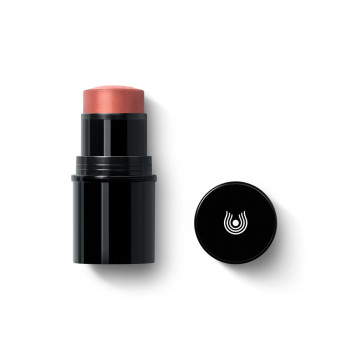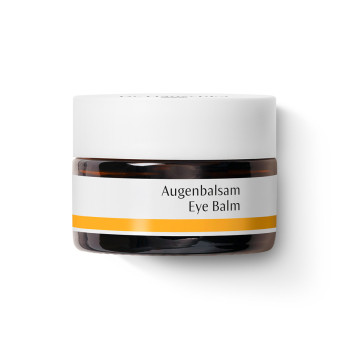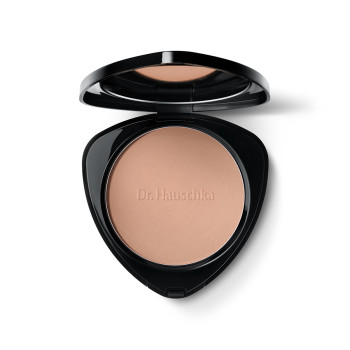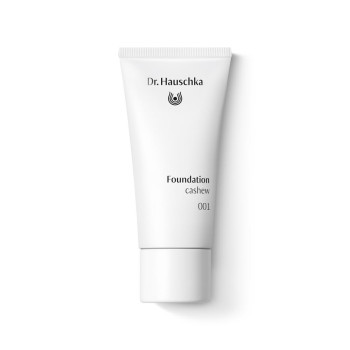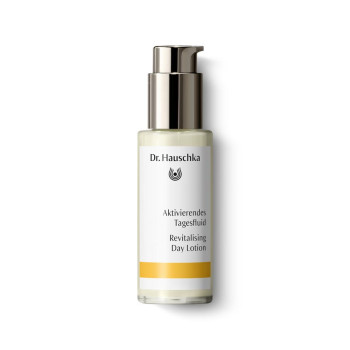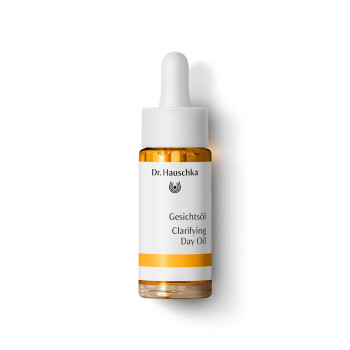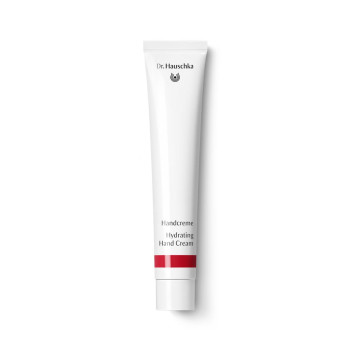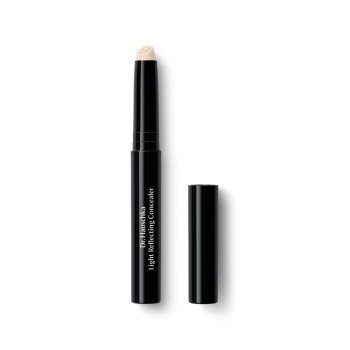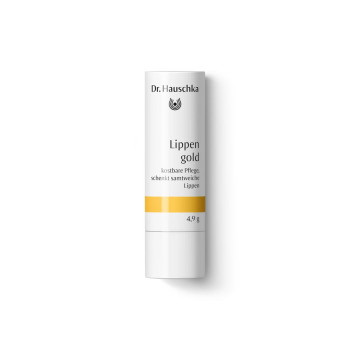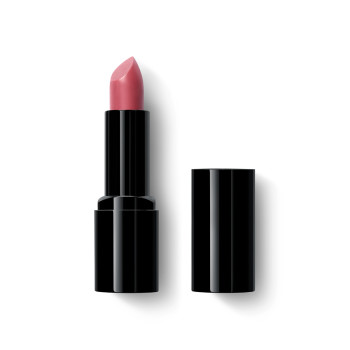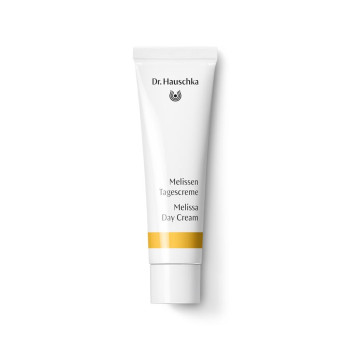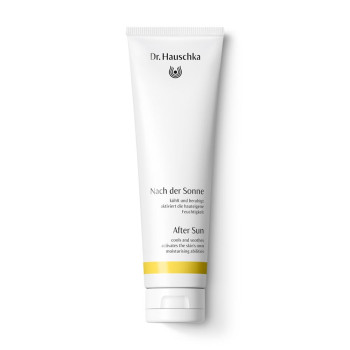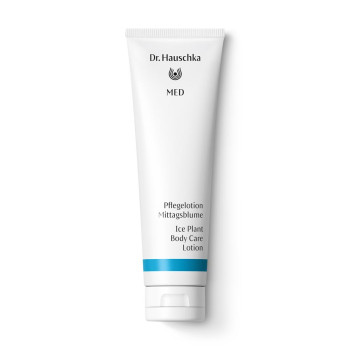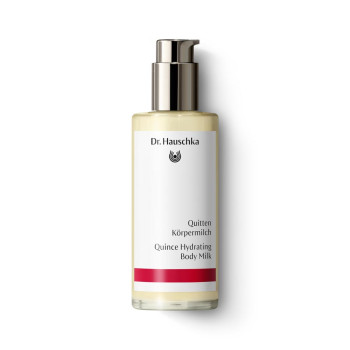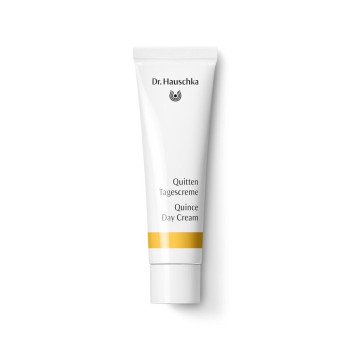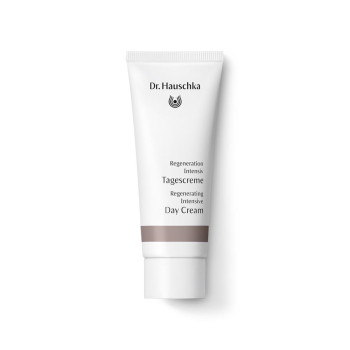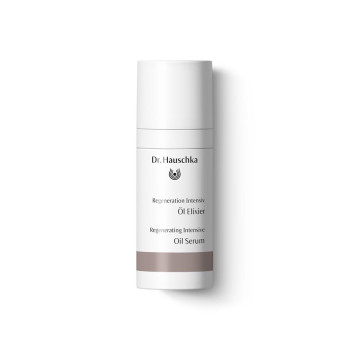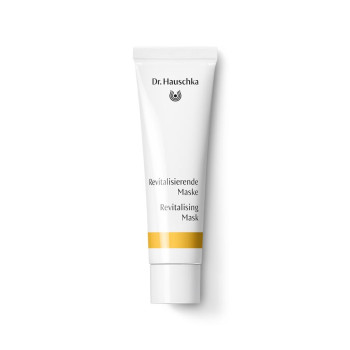
Carrot
Synonyms: Bird's Nest, Bee's Nest, Queen Anne's Lace
Scientific Name: Daucus carota L.
Family: Umbelliferae
Habitat
Asia
Constituents
Provitamin A (carotene), vitamin B1, B2 and C, flavonoids, essential oil.
Description
The carrot a medicinal herb? When you think of carrots you are more likely to think of using them for cooking or of munching them raw as a healthy snack. So you will probably wonder what this vegetable is doing amongst the portraits of medicinal herbs. But, as we shall see, the orange root shouldn't be underestimated. And what's more: there were times when a reader would have wondered what carrots were doing in soups and stews. But more about that later.
The carrot which comes to our table is the product of a long period of cultivation and is derived from its wild sister, the wild carrot. When you look at the root of the wild variety, which is found on meadows and at the edges of fields, it is hard to imagine that this could be the ancestor of our fleshy, succulent garden carrot. The spindle-shaped root of the wild carrot is dry and woody and only its smell is reminiscent of our root vegetable. The flower, which we seldom see with our garden carrot, is impressive. Fully grown, the biennial plant reaches a height of up to one metre in its second year. The woody stem, softly embraced by the finely divided leaves, is crowned throughout the summer and into October by flattened white flowerheads, the terminal umbels, almost as big as the palm of a hand. The umbels are composed of numerous small individual blossoms which are all arranged in a single plane. Wild carrot is easy to distinguish from the other members of the large Umbelliferae family by having a few single flowers at the centre of the umbel which are deep purple in colour. The garden carrot has lost this feature in the course of its cultivation. Instead, it has a reddish-orange root which is, in turn, lacking in the wild variety in which the root is white. As the flower fades it contracts, giving it the appearance of a nest for its ripening fruits. These carry numerous small bristles on their surface as noticeable feature.
Interesting Facts
The name carrot is derived from the scientific name carota. This Latin word means burnt and refers to the purple-red colour of the earlier cultivated forms.
The carrot is a plant with a rich history. It was already cultivated by the Germanic tribes who called it morha - root. This is the origin of the German word for carrot: Möhre. Carrot seeds were also found in Swiss pile dwellings. The Ancient Romans and Greeks only mentioned the carrot as medicinal plant. They already knew of its diuretic action. However, they presumably found the root too woody to eat as the plant had undergone little cultivation by that time. Then Charlemagne recommended the cultivation of carrots. From the Middle Ages onwards they were cultivated on a large scale.
Through the labours of the cultivators we now have 500 different varieties of carrots. It started with just two: a yellow and a violet one. It was only in the 17th century that the Dutch succeeded in cultivating the carrot with the orange colour we know today, which comes from the high ß-carotene content. Incidentally, the violet colour is produced by so-called anthocyans: pigments which give flowers their colour, for example the purple central flowers of the wild carrot. In England, where the carrot is also called Queen Anne's Lace on account of the filigree structure of its flowers, the following story is told about how these dark flowers came about. It is said that Queen Anne pricked her finger while lace-making and that a drop of blood fell into the middle of the piece she was making. There is no scientific explanation for this phenomenon of the central purple flowers.
Roasted and ground carrots can be used as coffee surrogate. Chopped and steamed carrot greens make a tasty vegetable.
The plant from another perspective
A flowering summer meadow delights us with the multitude of colour produced by the merging of the individual flowers. If you let your gaze wander into the distance it is almost impossible to pick out an individual species. However, wild carrot quickly catches your eye. It is not only its size that makes it stand out but also its upright nature and the way in which it towers gracefully above the other flowers. Entirely centred and at peace with itself, it appears to have a heavenly eye open, its purple flower pointing to its centre like a sign.
Centring is the theme of the carrot. Even when it has faded the flower retains this gesture by curving inwards to form a protective cup around the centre of the bloom. And this centring quality of the carrot helps people who are no longer able to focus their energy and thoughts as a result of too many external influences and demands. As the mirror of the soul the skin often suffers when this is the case. And so it is easy to see why the carrot supports the natural functions of the skin.
In the cultivated garden carrot the colour of the purple central flower has effectively shifted downwards into the root region. This reveals the carrot as a master in playing with polarities, an expert in combining opposites. This property makes it particularly suitable for helping combination skin types reconcile extremes and regain a healthy balance.
The plant in our products
For Dr. Hauschka skin care products biodynamically grown carrots are carefully extracted with liquid carbon dioxide. The extract is taken up in jojoba oil. This carrot oil is used in:

